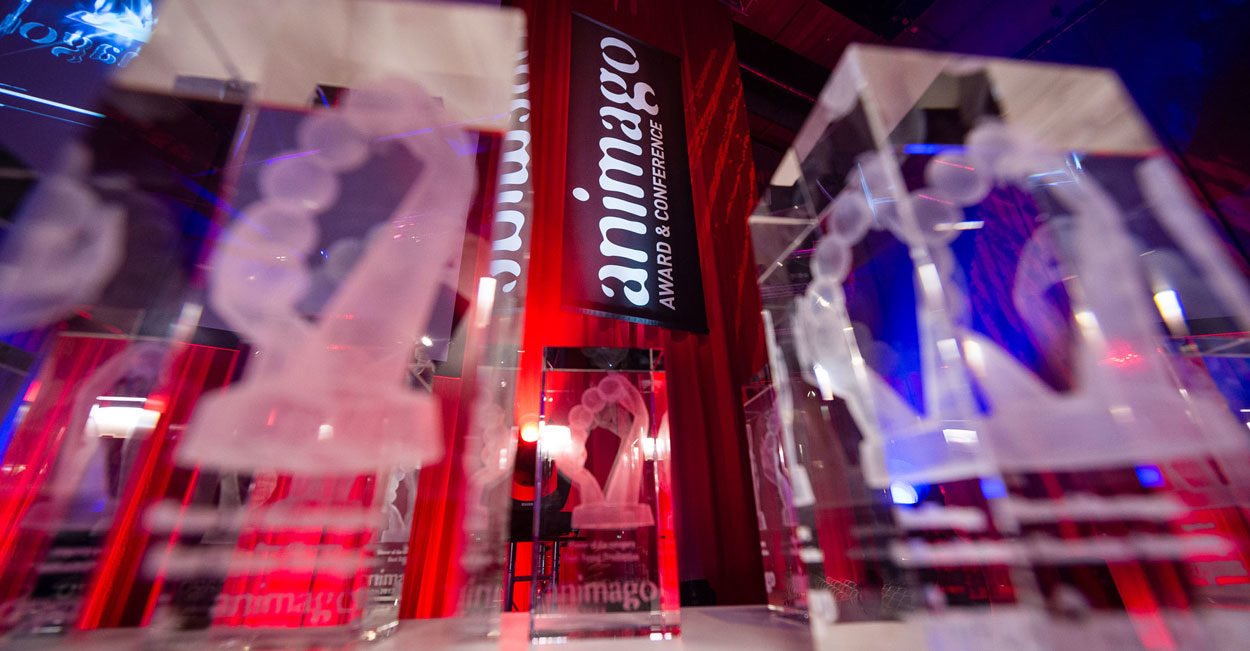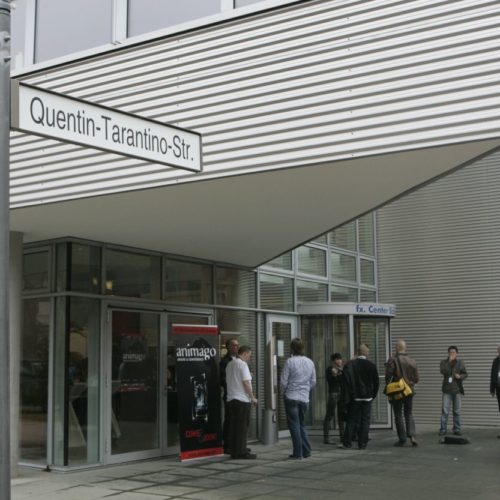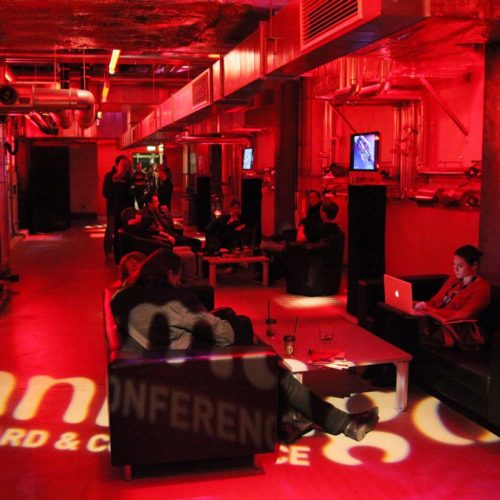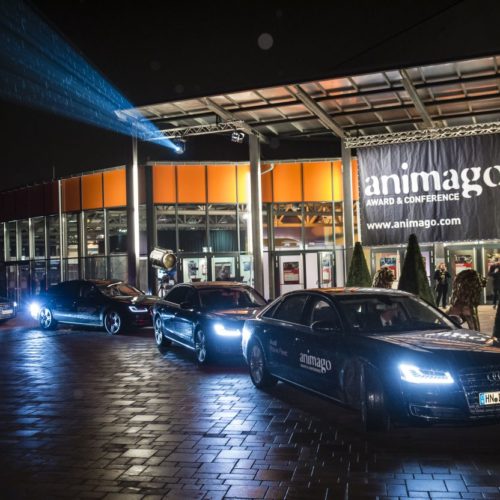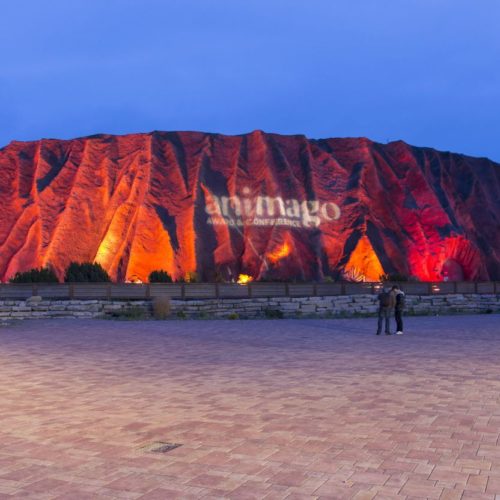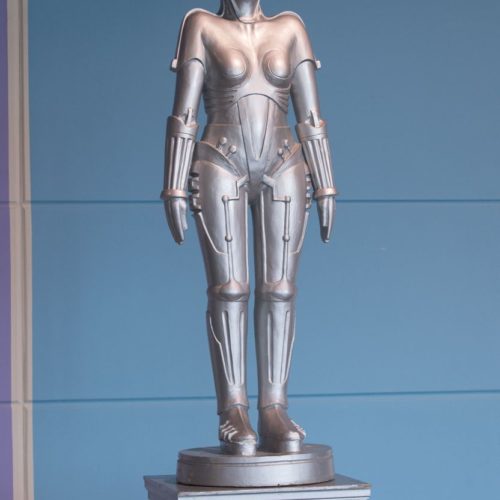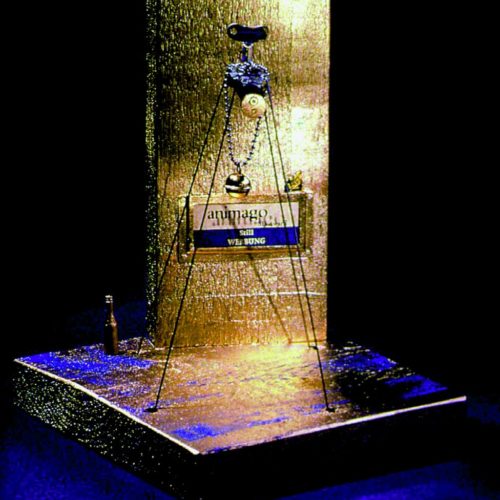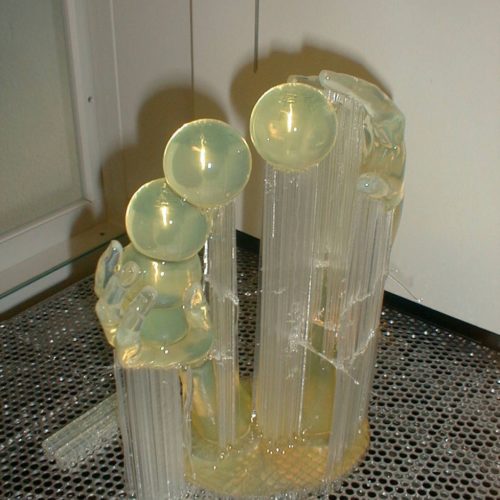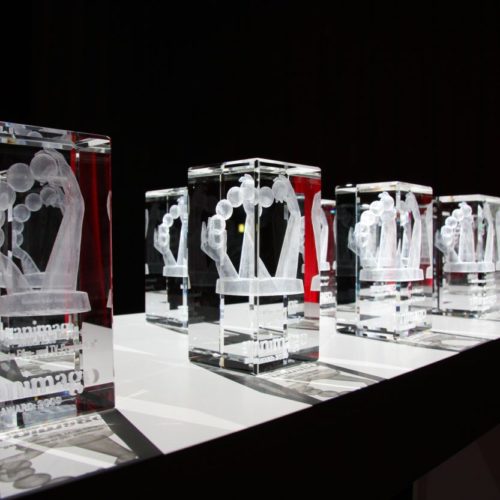The history of the animago event
In 2016 the animago AWARD celebrated its 20th anniversary. So it’s time to take a moment to look back at the animago’s modest beginnings and reflect on how it’s grown into what it is today, that is, an international focal point for the global VFX and animation industry.
The animago AWARD was born in 1996 into humble circumstances. The idea for the competition came about during a meeting attended by Heiko and Gabriele Knappe – the couple who would go on to found Digital Production magazine – and representatives of the companies Kinetix, Intergraph and SGI. They had gathered together to brainstorm about how best to jump-start the burgeoning 3D scene and, at the same time, boost its reputation and give it a bit of shine. The idea was also to have a print magazine run alongside the animago so as to help drive momentum in the industry. The result, of course, was Digital Production. The first edition appeared in 1997 and contained a behind-the-scenes look at the making of “Space Jam” and the CG polar bears for a Coca-Cola spot as well as an overview of the compositing systems available on the market at the time.
animago’s First Steps – All the Way to Munich
That same year, the animago celebrated its premiere – initially under the name “animago 3D AWARD” – as a competition for 3D computer graphics at the Cebit in Hanover. The event was held at the tradeshow stand belonging to the company Kinetix, today’s Autodesk, with Intergraph and SGI as two further partners and supporters. That year, projects were submitted in the categories of “home users”, “students” and “professionals” and divided up after that into stills, animation and compositing. The first awards presentation was a humble affair, attended by roughly 100 guests, without any stage and featuring no laudatory speeches. But that all changed in the subsequent years. Plus, in 2000, a conference programme was added to the awards presentation, and that gathering has accompanied the animago ever since (except in the FMX years from 2003 to 2006, seeing as that event already had a conference).
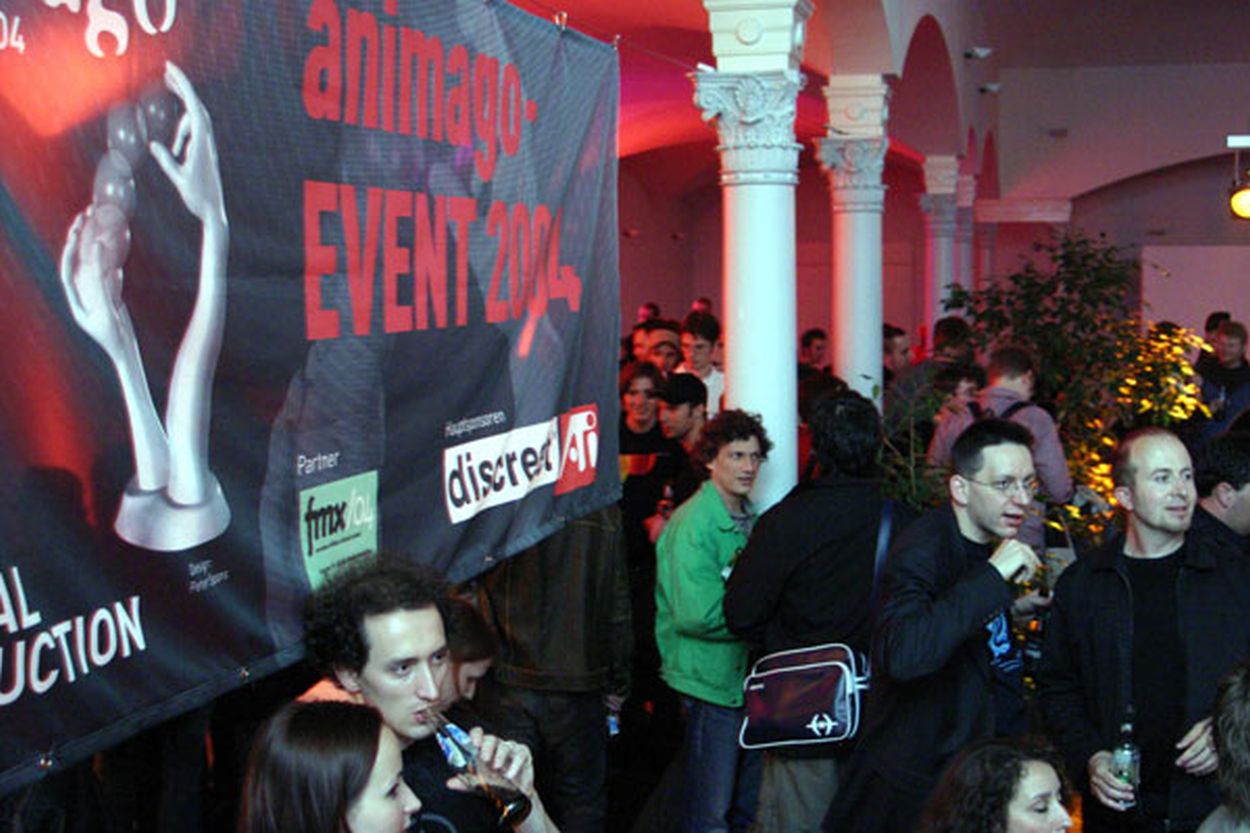
Interestingly, in contrast to the regularity of the annual award ceremony and conference, the animago’s home venue alternated wildly up until 2003, as is often the case in the life of a young up-and-comer. The animago was a guest event at the FMX in Stuttgart twice, after that it took place at the Arri Studios, and the year after that in the Muffathalle in Munich. After Munich came the MMC Coloneum in Cologne, where the animago enjoyed the generous support of ATI, a graphics card manufacturer that was taken over by AMD in 2006. Starting in 2003, the event found a four-year home at the annual FMX. In 2005, in order to integrate the 3D and games industry even further, the competition took on the new category of “Game Design”. In 2006, the highly popular “Readers Prize” was added, a tradition that continues to this day (in 2016, the Best Still and Anniversary Prize will also be chosen via public voting). And just to give you a sense of the times, back in 2006, the Readers Prize wasn’t decided online, but rather live at the event itself.
Exciting Changes in 2007
The animago AWARD categories we know today were established in 2007, which meant that the event’s previous subtitle was no longer needed. An additional element in 2007 and 2008 was Digital Production’s partnership with Karlsruher Messe- und Kongress-GmbH, which helped to make the animago AWARD show the highlight of that city’s “Digital Creation Days”. In those years, the animago also organised the workshop programme, the exhibition, the recruiting area as well as the after-show party.
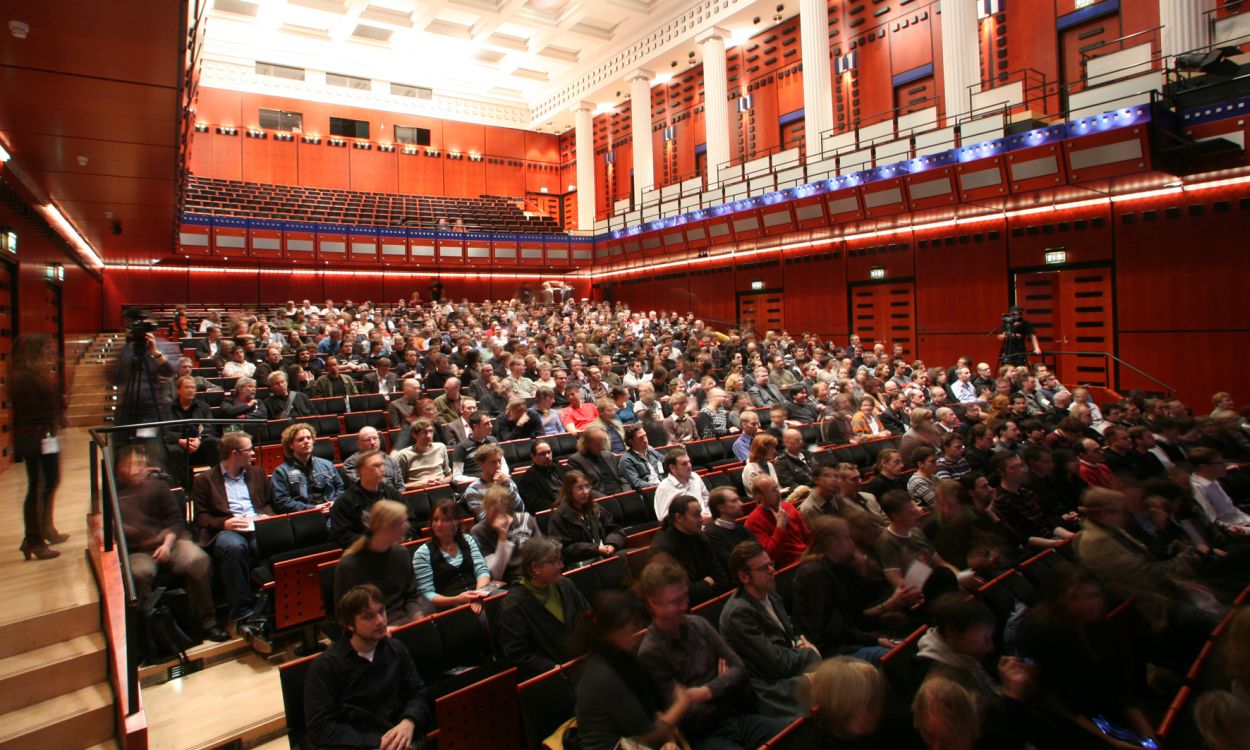
In 2007, the animago conference programme was expanded for the first time to fit the extended event structure. Also in that year, Thomas Gronert took over the organisation of the programme – a position he has held ever since, with only a one-year break in between. 2007 also marked the year that Michael “Bully” Herbig – the “man of the hour” in the German VFX and animation industry – received his first ever animago AWARD in the form of an honorary prize for his contribution to the German VFX and animation industry (see also “The Post-Production Industry in Munich”).
Berlin, Berlin, We’re Going to Berlin!
Starting in 2009, with over ten years under its belt and some generous backing from the Medienboard Berlin-Brandenburg, the animago enjoyed a smooth, year-long run in Berlin-Potsdam. In this three-year era, the animago established itself as a German-language specialist tradeshow event at the fx.Center in Babelsberg.
In 2011, a welcome change came in the form of a new host to replace DP Editor-in-Chief Matthias Lange, who had performed MC duties from 2007 to 2010: Ilka Groenewold became the new woman in the animago’s life.
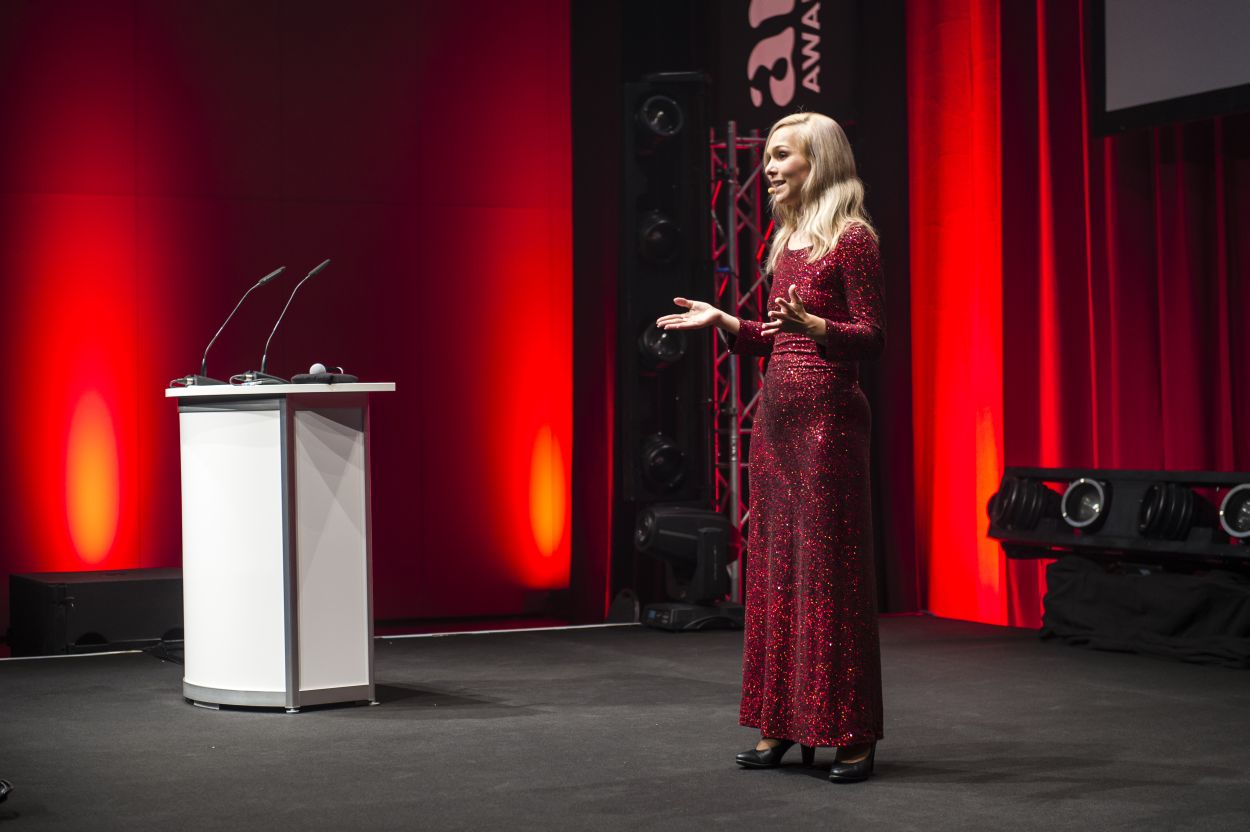
In 2012, the event moved from the fx.Center to the neighbouring Metropolis Hall in the Filmpark Babelsberg. At this point, the number of visitors to the animago had reached as high as 1,200 and the make-up of the attendees had become much more international. This global trend was boosted in 2013 when the animago was held in English for the first time and featured an exponentially larger number of invited guests and speakers from Europe and North America.
In 2015, the 19th animago was the last one held in Berlin-Potsdam. In honour of its 20th anniversary, the animago has now returned to the home city of Digital Production with a great new location at the Gasteig Cultural Centre in the heart of Munich.
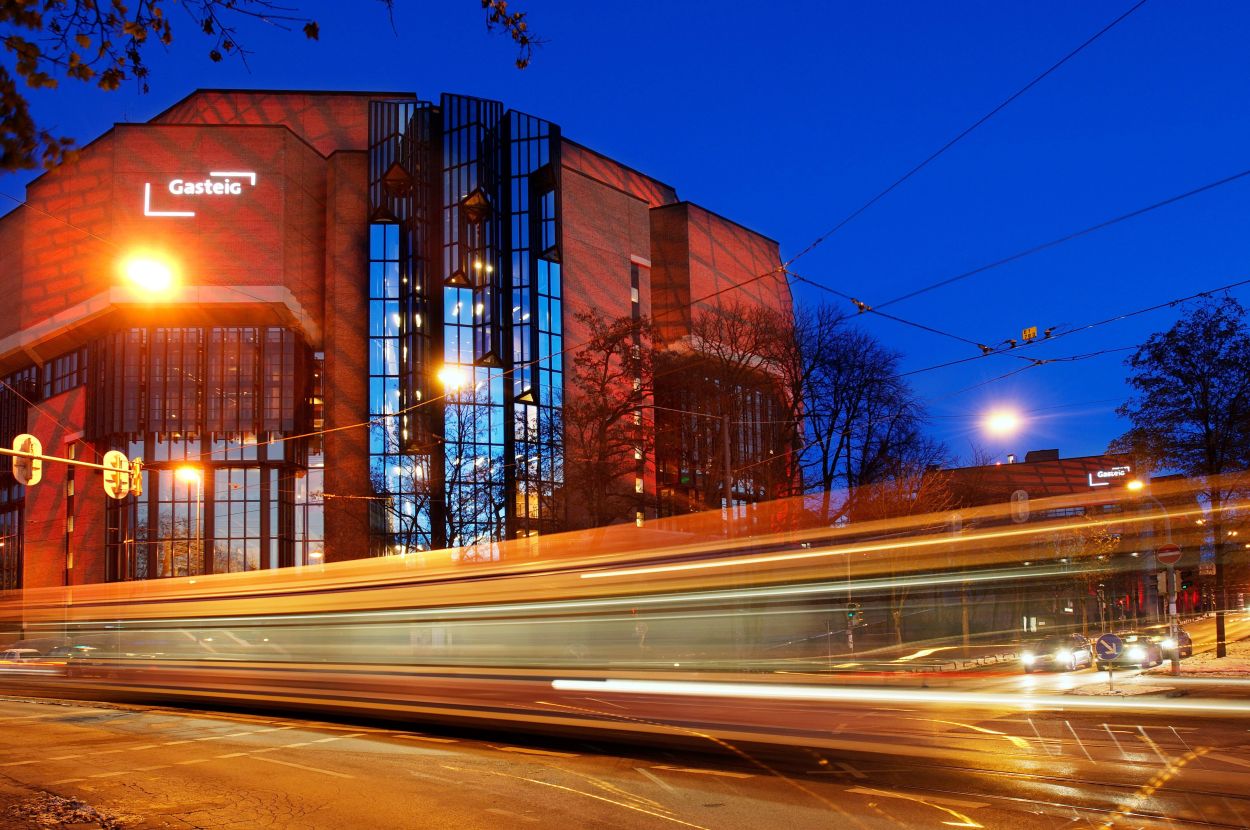
The History of the Trophy
These days, everyone associates the animago with those laser-printed glass trophies in the shape of two hands juggling. The statues are known for being unexpectedly heavy – and indeed a number of them have threatened to fall on the winners’ toes. Luckily for everyone, this has not happened yet, which is no doubt due to host Ilka Groenewold’s friendly yet insistent reminders: “Careful, they’re heavy!” However, back in the day, at the very first animago, there were no trophies but rather only certificates and hardware and software licenses. One year after that, Kinetix initiated the first trophies that consisted of two golden wood panels featuring a wire installation with a winding key and bells. Back in 1999, fans had already been given a glimpse of the iconic hands that were to become the symbol of the animago. At that time, Peter Spans from Spans&Partner in Hamburg had designed the 3D trophy models on his computer and transformed them using stereo-lithography into tangible form. In an interview from 2009, Spans explained: “Our idea was to capture the process of a movement, an animation, in the shape of a trophy. In other words, to freeze it in time, like a type of bullet-time in award form”. In 2007, when the new system of award categories was initiated, the animago statue itself underwent a makeover and emerged in the glass form it embodies today.
No Need for Nostalgia: The Pre-Internet Era
1999 is not only a well-known song by Prince. In fact, anybody who was around back then knows that those were comparatively offline days. Wikipedia was only launched in 2001, YouTube six years after that. In other words, the decisive influence on the organisation and carrying-out of the animago AWARD at the end of the 1990s was still CDs, diskettes, tapes and other analogue media, which represented the formats of the majority of submissions. In fact, the organisers received an average of 10 to 12 laundry baskets full of submissions each year. Plus, seeing as these media were a lot more expensive back then, many participants wanted to have their submissions returned to them as well. As you can imagine, back in the offline days, one logo animation, spread out in the form of individual images on 60 diskettes, presented the team with number of challenges in terms of viewing the submission in the first place. And, of course, all the project-related information was also submitted on paper rather than in digital form. This meant that Günter Hagedorn, who has managed and carried out the animago AWARD since the very beginning, had to transcribe every application himself; that is, until the animago adopted its current online registration mode. It wasn’t even possible to announce the winners immediately online back then. And yet, since the team wanted the best animation submissions to gain as much exposure as possible, they were copied onto two VHS cassettes, each consisting of roughly 3 hours of video material, which could be purchased for 70 DM. Today, some participants remain true to the old analogue ways; in 2015, we received five submissions on discs via regular snail mail. All other submissions were submitted online.
Future?
After an exciting 20 years of youth and early adulthood, it’s safe to say that the animago AWARD & CONFERENCE still has its best years ahead of it. So don’t worry if you didn’t make it to the 20th anniversary event this year, 2017 will no doubt be a romp as well. Indeed, the animago will be turning 21, which means it will be officially allowed to drink alcohol in the USA. So just make sure to keep the 5/6 October 2017 free in your calendar!
(Mirja Fürst)

